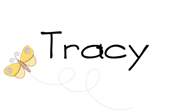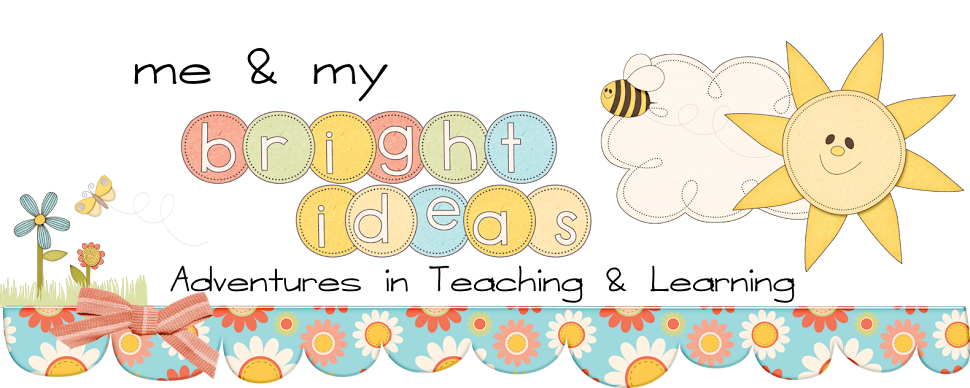Already it is the end of July! We're having a heat wave here in East County San Diego. I've spent the last few days inside, trying to stay cool. I even went into my classroom *gasp*! Besides, I got a decent sunburn from last week so I don't want to make it worse! I spent this weekend with 3 of my teacher girlfriends (well, two have retired! Lucky ducks!) in the desert scrapbooking. We have a great time watching movies, talking, and scrappin' away! No kids, no chores, lave your stuff out overnight to start again, maybe stay in your PJs fun, for 4 days! Don't be jelly! When I return I have just a few days of summer left-boo hoo!
I really enjoyed these two chapters and I can't wait to put these strategies to use with my kiddos in a few weeks.
Goal 10-Supporting Comprehension in Nonfiction: Getting the Most From Text Features
This section is all about getting information from those text features. So often we teach students what the text features are and how to recognize them. We even tell them why they are there. But do we really teach them how to use them and what information they can get from them? I know I don't do this well. Also, as text level increases, the text features become more text heavy. Information is jam-packed, in there people! What is a student to do with it all?! Now I know how to teach them! What an eye opener!
10.4 Caption It!
I really like the idea of having students look carefully at a photo or picture after having read the surrounding text and giving that picture a one sentence caption. This really tells the reader and the teacher that the student has understood the main text.
10.12 Don't Skip It!
Sometimes nonfiction can have several features along with text on a page that can get overwhelming for a young reader. This strategy teaches students to follow a "plan" for reading all of this information and putting it all together. It also ensures that they don't miss anything!
Goal 11-Improving Comprehension in Fiction and Nonfiction: Understanding Vocabulary and Figurative Language
At one point in the last few years, our district adopted a program focussed on vocabulary. The program was designed for grades 3 and up, but the district tried to push it down to first grade. As a second grade teacher at the time, my colleagues and I were very frustrated because it was an unnatural way of learning and inappropriate for our students. Even as a third grade teacher I'm still opposed! Luckily, the program has quietly disappeared-shhh...don't bring it up!
Seravallo notes that several research studies agree that "most word learning occurs unconsciously and through normal reading, writing, speaking, and listening"! Me too! So let's read! Students who, after reading, are having difficulty figuring out the meaning of unknown words are good candidates for this goal. Some strategies I particularly like are:
11.1 Retire Overworked Words
This one seems to be so hard for my kiddos! Recognizing the words that they use repeatedly and that are vague then revising them to be more precise is something we need to work on often. We will be focusing on this one a lot this coming year!
11.7 Picture It
I love this one! Kids in the primary grades are so literal! They can easily be stumped by figurative language. By picturing first the separate words' meanings, then putting them together into one picture, students can recognize their mistakes in comprehension and also rethink the meaning of a passage so it makes sense. They could even draw the literal picture either in their head or on paper. This could make a very funny book-similar to Amelia Bedelia!
11.14 Know the Word, Use the Word
Seravallo noted earlier that students need to use the words they encounter to internalize the meanings and include them in their working vocabulary. Encouraging students to keep track of an unusual word (for them) and working to use it in written and oral situations can be very empowering! This student's journal is a great idea!
Next week we'll wrap up this book study. But I really want to hear from you! What strategies do you love? Are you already using this book? What is working? Any tips for someone new to these strategies?




























